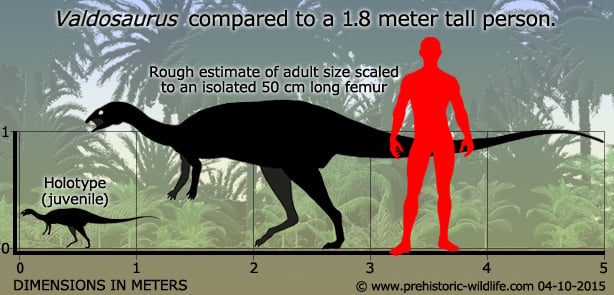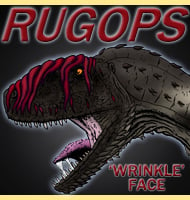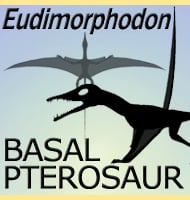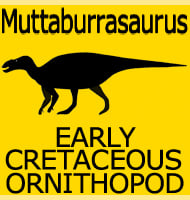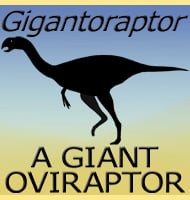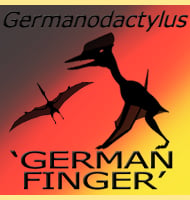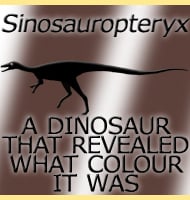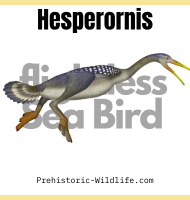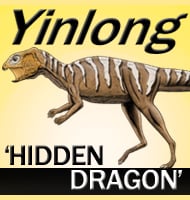In Depth
The Valdosaurus holotype fossils of two thigh bones (femurs) were first recovered in 1848 but thought to represent Iguanodon, and eventually being thought to be fossils of Hypsilophodon. Skip forward over a hundred years later and palaeontologist Peter M. Galton used the two thigh bones to establish a new species of Dryosaurus, D. canaliculatus. Just two years later however in 1977, Peter M. Galton renamed his new species of Dryosaurus as a distinct new genus of ornithopod named Valdosaurus, with D. cacanaliculatus becoming a synonym to the genus.
After this additional post cranial remains began being added to Valdosaurus, with fossils from locations as far away as Romania and Niger being identified as species of Valdosaurus. However many of these have now been questioned, and some of these have been used to create new dinosaur genera such as Elrahzosaurus from Niger. At the time of writing, the only valid species of Valdosaurus is the type species V. canaliculatus, with the holotype being the original two fourteen centimetre long femurs. Both of these femurs seem to have come from a juvenile however, making the adult size of Valdosaurus harder to establish with certainty.
Valdosaurus should not be confused with the similarly named Valdoraptor.
Further Reading
- English hypsilophodontid dinosaurs (Reptilia: Ornithischia), - Palaeontology 18(4): 741-752. - Peter M. Galton - 1975. - The Upper Jurassic dinosaur Dryosaurus and a Laurasia-Gondwana connection in the Upper Jurassic. - Nature 268(5617): 230-232. - Peter M. galton - 1977. - Valdosaurus, a hypsilophodontid dinosaur from the Lower Cretaceous of Europe and Africa, - G�obios 13: 147-159 - Peter M. Galton & P. Taquet - 1982. - Notes on Neocomian (Late Cretaceous) ornithopod dinosaurs from England - Hypsilophodon, Valdosaurus, “Camptosaurus”, “Iguanodon” - and referred specimens from Romania and elsewhere. - Revue de Pal�obiologie 28(1): 211-273 - Peter M. Galton - 2009.
